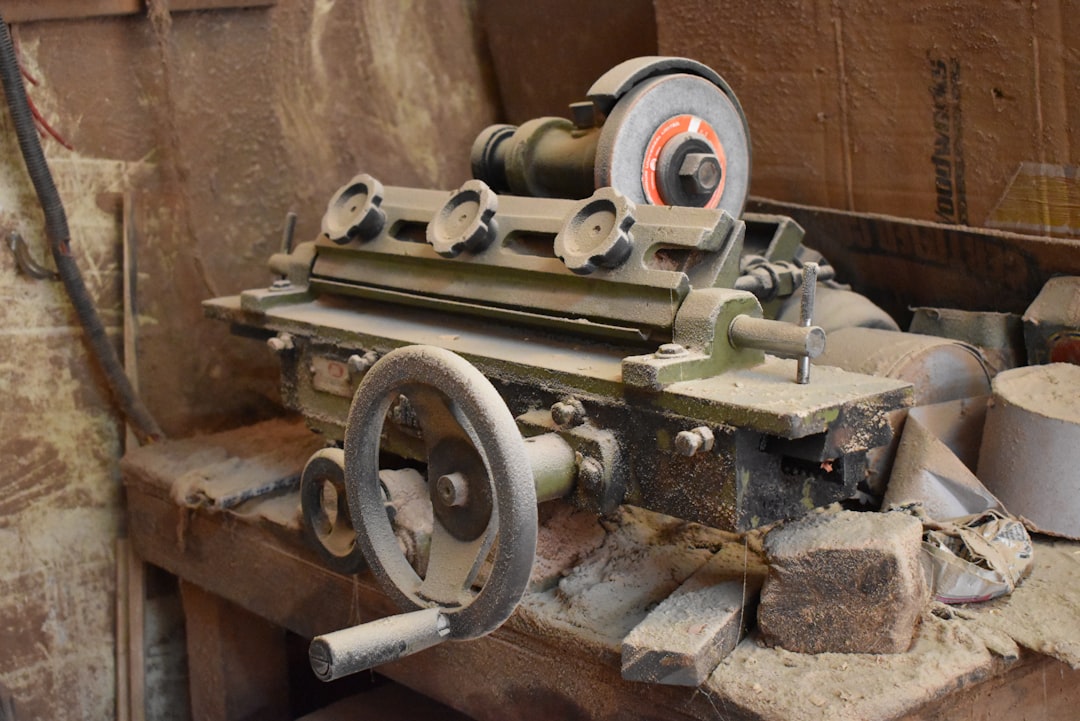What is it about?
Covid-19 spreads through air-borne transmission, as per WHO. The virus is inside tiny microscopic droplets or aerosol ejected from our mouth, when we speak, shout, cough or sneeze. It then floats around in the air and gets inhaled by other people. What can we do to understand and engineer air flow to mitigate the infection spread? Can we use our knowledge from flow of air around aircraft and inside engines to tailor the flow in indoor spaces? Yes, we can, and we showed how to do this in our computer simulations. We studied the ventilation of a shared washroom, where the heavy use of water can be a major source of aerosol. We looked at a small single person facility, but used by multiple people one after other. This kind of washrooms are present in densely-populated areas in Mumbai, and have been identified as a potential source of infection. They are also found in long-distance trains in India, and in airports. Many of our offices, restaurants, schools and other public places have shared washrooms. The fact that I had a similar washroom in my house made it easier to study it. Mobility was restricted and laboratories were closed, but we could continue our study during the lockdown.
Featured Image

Photo by Point3D Commercial Imaging Ltd. on Unsplash
Why is it important?
Our computer simulations of air flow in a washroom, shows that the infectious aerosol can remain in dead zones for up to ten times longer than the rest of the room. The chances of getting the infection then is significantly higher if you are sitting in a dead zone. Now, where are the dead zones in a room. Surprisingly, a dead zone can be near a door or a window, or right next to where the air-conditioner is blowing in air. One would expect these to be safe zones, but they are not. We have to be careful, because air often flows in circuitous routes, like a vortex, and doesn't go where we want it to. In this case, we would want the used air to go out from every part of the room and get replaced by fresh air. This does not happen so easily, when the air is recirculating in a dead zone.
Perspectives
I hope this article makes people aware of the potential hotspot of the COVID-19 in enclosed spaces like washrooms and the dispersion of the aerosols ejected from the mouth and flushing. The door of the washroom could be angled appropriately to disrupt the recirculating regions, a zero-cost solution.
Mani Shankar Yadav
Indian Institute of Technology Bombay
Read the Original
This page is a summary of: Effect of recirculation zones on the ventilation of a public washroom, Physics of Fluids, November 2021, American Institute of Physics,
DOI: 10.1063/5.0064337.
You can read the full text:
Resources
Contributors
The following have contributed to this page










